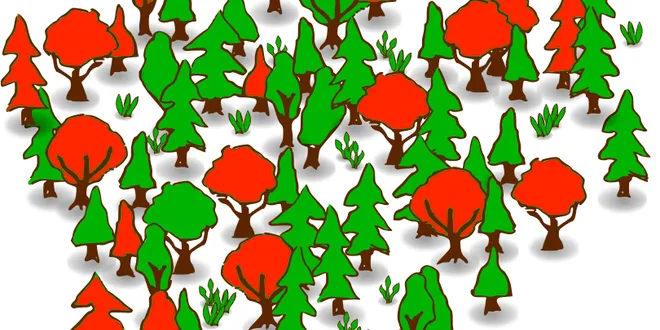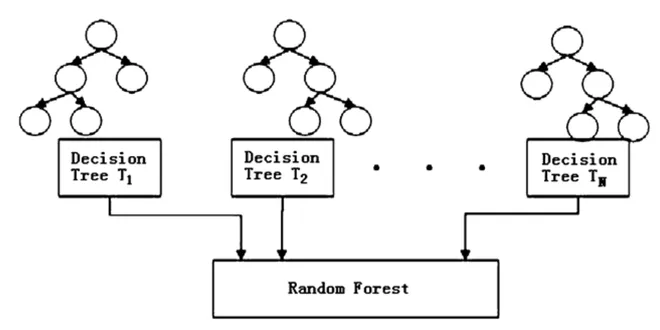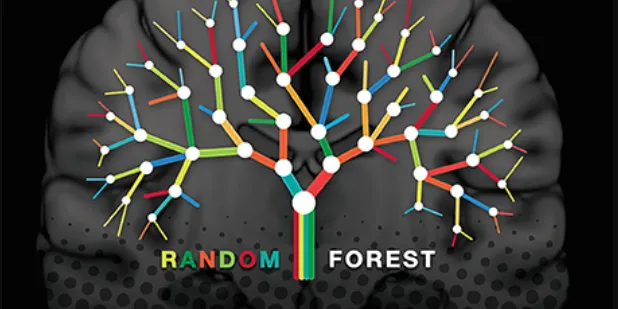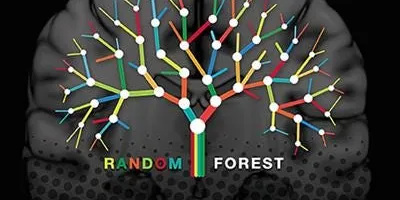Random-Forrest
Random Forest is a powerful and versatile supervised machine learning algorithm that excels in both classification and regression tasks. It operates by constructing a multitude of decision trees during training and outputs the mode of their predictions for classification or the mean prediction for regression. This ensemble method enhances predictive accuracy and mitigates the risk of overfitting, a common issue with individual decision trees. By leveraging the wisdom of the crowd, Random Forest combines the predictions of various trees, making it a robust choice for handling complex datasets and improving model performance across diverse applications.

Random Forest
Random Forest is a popular machine learning algorithm that belongs to the supervised learning technique. It can be used for both Classification and Regression problems in ML. It is based on the…
📚 Read more at Analytics Vidhya🔎 Find similar documents

Random Forest from Scratch
Random Forest is a robust machine learning algorithm that can be used for a variety of tasks including regression and classification. It is an ensemble method, meaning that a random forest model is…
📚 Read more at Python in Plain English🔎 Find similar documents

Random forests — An ensemble of decision trees
The Random Forest is one of the most powerful machine learning algorithms available today. It is a supervised machine learning algorithm that can be used for both classification (predicts a…
📚 Read more at Towards Data Science🔎 Find similar documents

Quick intro to Random Forest
Random Forest is a powerful, relatively simple, data mining and supervised machine learning technique. It allows quick and automatic identification of relevant information from extremely large dataset...
📚 Read more at Towards Data Science🔎 Find similar documents

All About Random Forest
In this article, we will understand Random Forest by answering the following questions: 1. What is Random Forest? 2. Why we are using Random Forest? 3. How does Random Forest work? 4. What are the adv...
📚 Read more at Towards AI🔎 Find similar documents

What is Random Forest?
In my early journey into the murky depths of data science and machine learning I’ve come across the phrase Random Forest a few times, and been completely clueless as to what it actually referred to…
📚 Read more at Analytics Vidhya🔎 Find similar documents

Random Forest — A Concise Technical Overview
Random forest is one of the most popular and powerful machine learning algorithms. It is one of the algorithms that can used for both classification and regression tasks and therefore, it is one of…
📚 Read more at Analytics Vidhya🔎 Find similar documents

Random Forest — Simplified
Random Forest is a mainstream AI algorithm that has a place with the regulated learning strategy. It might be used for both Classification and Regression issues in ML. Let us get to this in the next…
📚 Read more at Analytics Vidhya🔎 Find similar documents

A Random Walk in Forest
Random Forest is one of the best machine learning algorithms based on Decision Trees. In addition to the benefit from its ensemble methods including bootstrapping and bagging, random forest further…
📚 Read more at Analytics Vidhya🔎 Find similar documents

Disclose the Secret of Randomness in Random Forests
Random forest is a technique of machine learning algorithm that operates by constructing multiple Decision trees during the training process. As mentioned random forest is a collection of decision…
📚 Read more at Analytics Vidhya🔎 Find similar documents

Seeing the Forest for the Trees: An Introduction to Random Forest
Random forests are pretty neat. They leverage ensemble learning to use what are typically considered to be weak learners (Decision Trees) to create a stronger and more robust modeling method. Random…
📚 Read more at Towards Data Science🔎 Find similar documents

An Introduction to Random Forest
Random forests are popularly applied to both data science competitions and practical problems. They are often accurate, do not require feature scaling, categorical feature encoding, and need little…
📚 Read more at Towards Data Science🔎 Find similar documents

